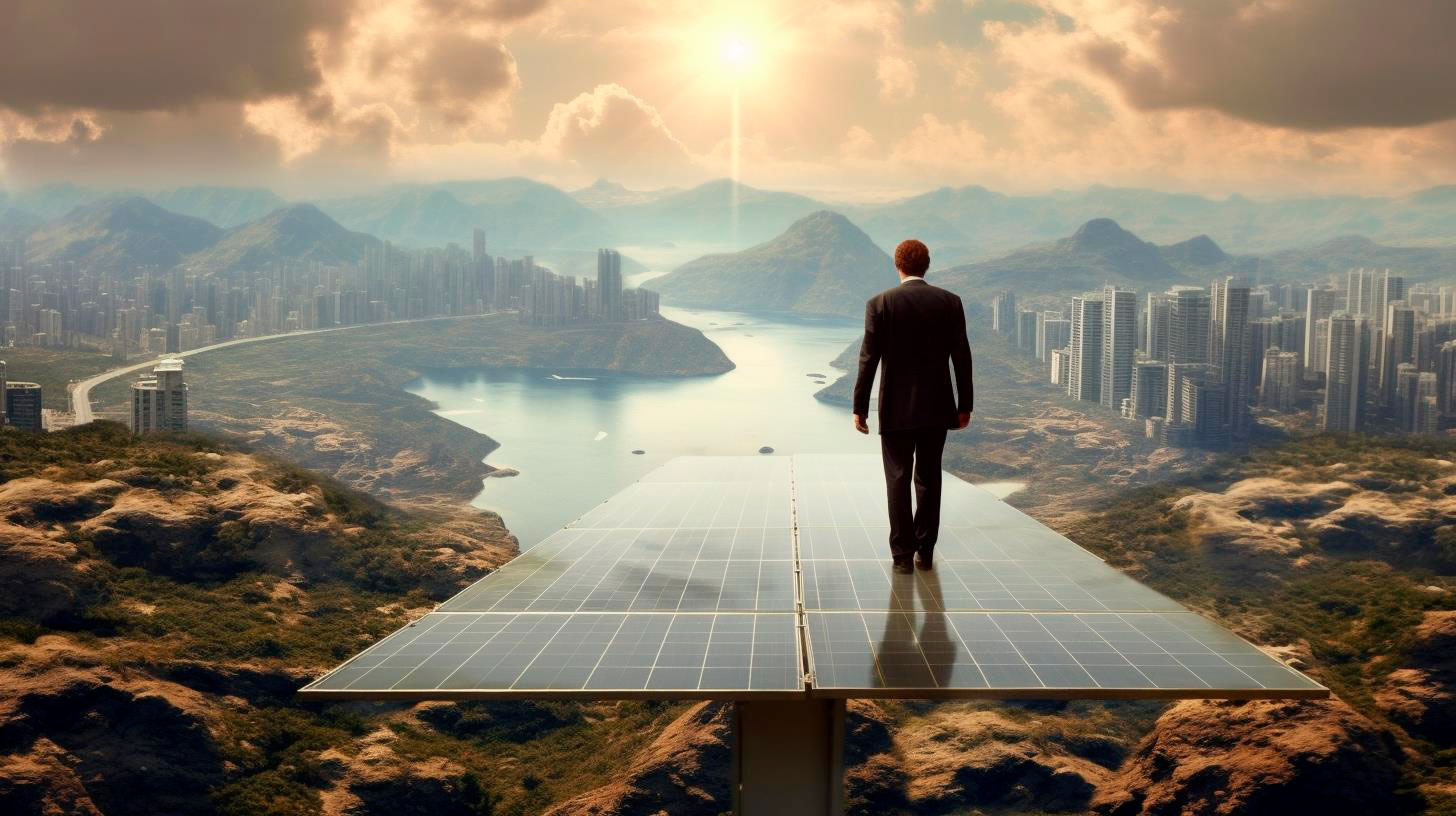The Role of Building-Integrated Wind Turbines in Energy Generation
These building-integrated wind turbines (BIWT) offer several advantages and play a significant role in energy generation. In this article, we will explore the benefits and key features of building-integrated wind turbines.
What are Building-Integrated Wind Turbines?
Building-integrated wind turbines, as the name suggests, are designed to be integrated into the architecture of buildings. These turbines harness the power of wind and convert it into electricity, contributing to the overall energy supply of the building. They come in various forms, such as vertical-axis wind turbines (VAWT) and horizontal-axis wind turbines (HAWT), each with its own unique design and application.
The Benefits and Advantages
- Green Energy Generation: Building-integrated wind turbines provide a clean and renewable source of electricity. By harnessing wind power, they reduce reliance on fossil fuels, thereby lowering carbon emissions and combating climate change.
- Cost savings: Incorporating wind turbines into buildings can lead to significant cost savings over time. The generated electricity can offset a portion of the building’s energy consumption, reducing reliance on the grid and lowering energy bills.
- Architectural Integration: Building-integrated wind turbines can be aesthetically designed to seamlessly blend with the architecture of the building. This integration allows for enhanced sustainability without compromising on the building’s visual appeal.
- Utilization of Urban Wind: Urban areas often have complex airflow patterns caused by buildings, which can create a wind tunnel effect. Building-integrated wind turbines can take advantage of these local wind conditions, optimizing energy generation even in areas with lower overall wind speeds.
- Education and Awareness: Incorporating wind turbines into prominent buildings not only generates renewable energy but also serves as a visual representation of the importance of sustainability. This can raise awareness among the public and inspire them to adopt cleaner energy practices.
The Role of Building-Integrated Wind Turbines
Building-integrated wind turbines have a significant role to play in the overall energy generation landscape. They not only contribute to a building’s energy requirements but also have wider implications in the following areas:
- Onsite Power Generation: The electricity generated by building-integrated wind turbines can directly power the building, reducing the need for energy imports from the grid. This onsite generation helps increase energy resilience and reduces transmission losses.
- Microgeneration: Building-integrated wind turbines fall under the category of microgeneration, wherein small-scale renewable energy systems are utilized to generate electricity at the point of consumption. Microgeneration reduces the strain on the national grid and promotes decentralization of power generation.
- Urban Renewal: Transforming urban areas into sustainable and energy-efficient spaces is a key goal for many cities. Building-integrated wind turbines contribute to this vision by incorporating renewable energy systems into existing urban infrastructure, making cities more self-sufficient in energy generation.
- Green Building Certifications: Several green building certifications, such as LEED (Leadership in Energy and Environmental Design), reward the incorporation of renewable energy systems into buildings. Building-integrated wind turbines can help achieve higher ratings and recognition for sustainable building design.
According to the World Wind Energy Association, the global wind power capacity reached 743 GW by the end of 2020, with the potential to reach 3,000 GW by 2030. This exponential growth in wind power installations includes the integration of building-integrated wind turbines as a promising technology.
In conclusion, building-integrated wind turbines offer several advantages in terms of green energy generation, cost savings, architectural integration, and urban utilization. Their role extends beyond individual buildings, contributing to onsite power generation, microgeneration, urban renewal, and green building certifications. As the adoption of renewable energy technologies increases, building-integrated wind turbines will continue to play a vital role in diversifying and decentralizing our energy generation sources.
References:
World Wind Energy Association
